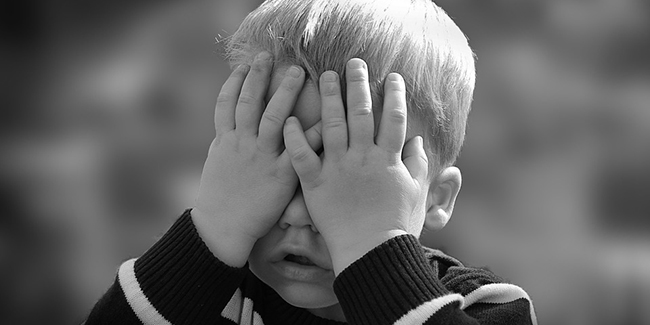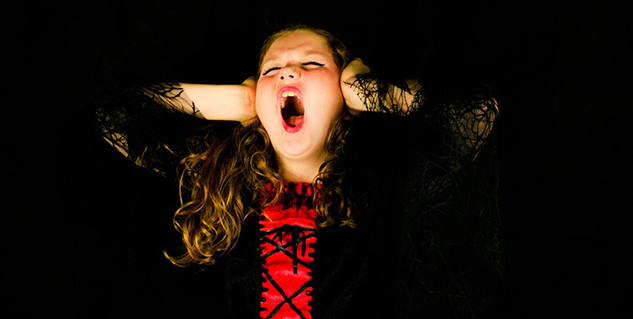
Bipolar disorder is a manic depression which leads to unusual shifts in the mood and energy of the affected person. A person with bipolar disorder may find it difficult to cope with the day to day activities such as hanging out with friends or going school or college. The symptoms of bipolar disorder are severe and are different from the normal ups and down.
Table of Content:-

People who have bipolar disorder, will have episodes of depression where they feel very low and lethargic and of mania where they feel very high and overactive. While everyone has mood swings and it is completely normal, mood swings in a person with bipolar disorder may last for days, weeks or even months and the mood changes are always intense.
The pattern of the disorder and it's symptoms may also differ from person to person. People suffering from bipolar depression can also experience a mixture of both highs and lows at the same time. They can also experience normal moods in between their swings.
Risks of bipolar disorder in children and teens
Since the condition tends to run in the families, researchers have been looking for the genes that may increase a person’s chance of inheriting the disorder. Genes plays a great role in building of the heredity by controlling how the body and brain should work. The cells containing the genes are transferred from parents to their children.
A child has higher risk of developing bipolar disorder if his/her parent or sibling has the condition. However, in some cases children with the family history of bipolar disorder may not develop the condition. The early onset of the bipolar disorder begins during the childhood or during the teen years. The early onset of bipolar disorder is considered more severe than the one that develops in adults or in older teens. The younger people have more frequent mood swings than the adults.
Image courtesy: Pixabay
How we keep this article up to date:
We work with experts and keep a close eye on the latest in health and wellness. Whenever there is a new research or helpful information, we update our articles with accurate and useful advice.
Current Version
